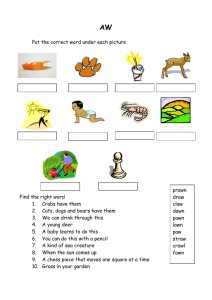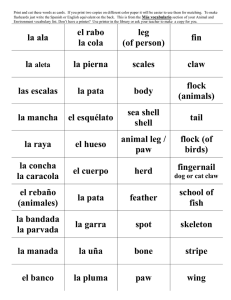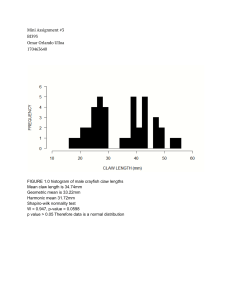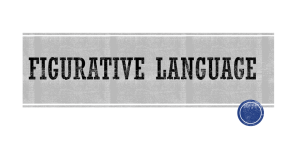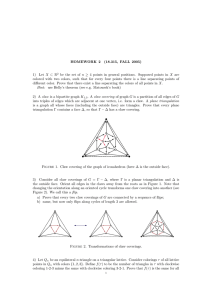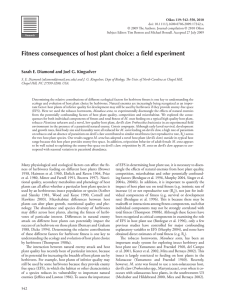EXAMINATION OF THE CLAW
advertisement
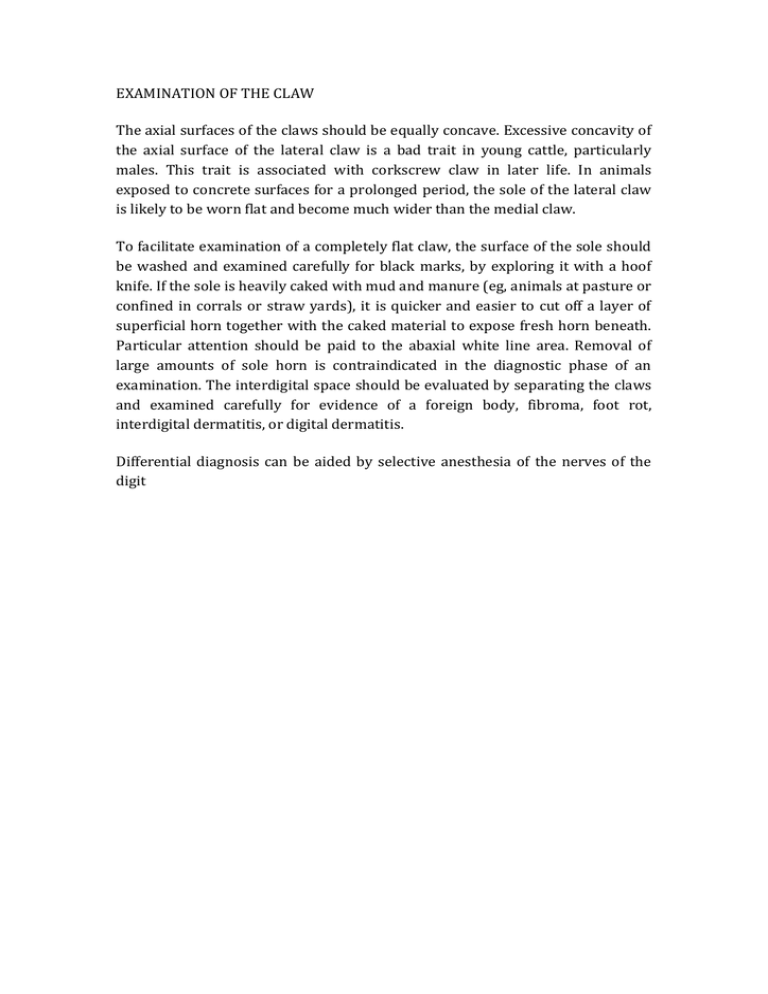
EXAMINATION OF THE CLAW The axial surfaces of the claws should be equally concave. Excessive concavity of the axial surface of the lateral claw is a bad trait in young cattle, particularly males. This trait is associated with corkscrew claw in later life. In animals exposed to concrete surfaces for a prolonged period, the sole of the lateral claw is likely to be worn flat and become much wider than the medial claw. To facilitate examination of a completely flat claw, the surface of the sole should be washed and examined carefully for black marks, by exploring it with a hoof knife. If the sole is heavily caked with mud and manure (eg, animals at pasture or confined in corrals or straw yards), it is quicker and easier to cut off a layer of superficial horn together with the caked material to expose fresh horn beneath. Particular attention should be paid to the abaxial white line area. Removal of large amounts of sole horn is contraindicated in the diagnostic phase of an examination. The interdigital space should be evaluated by separating the claws and examined carefully for evidence of a foreign body, fibroma, foot rot, interdigital dermatitis, or digital dermatitis. Differential diagnosis can be aided by selective anesthesia of the nerves of the digit
